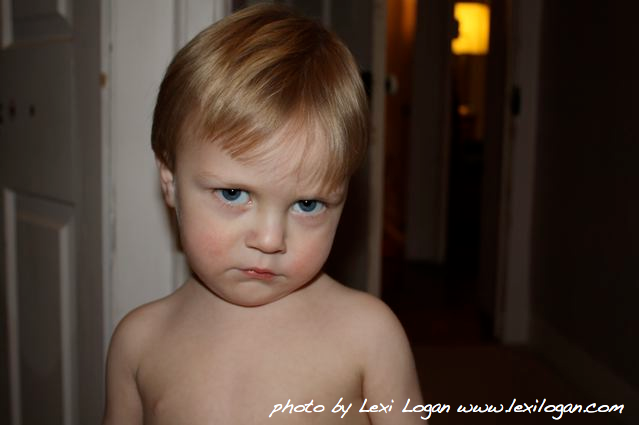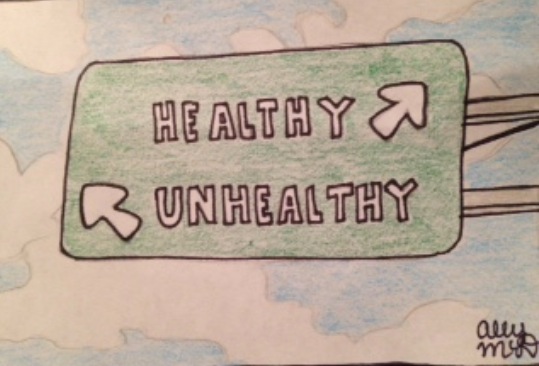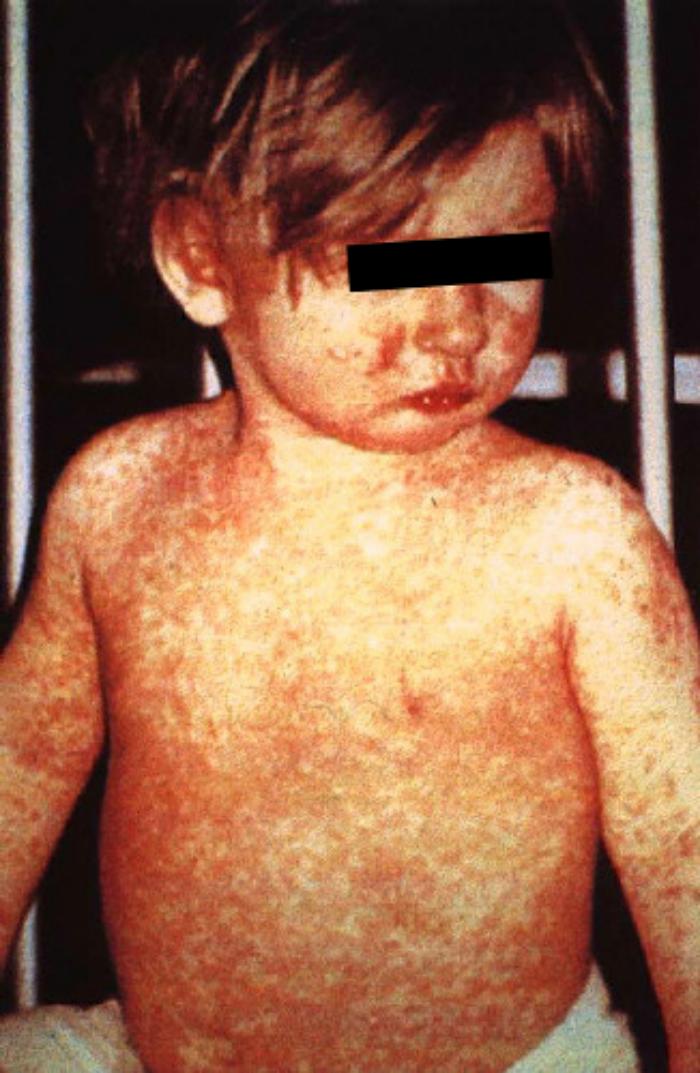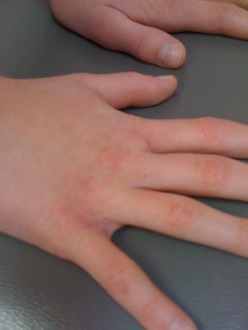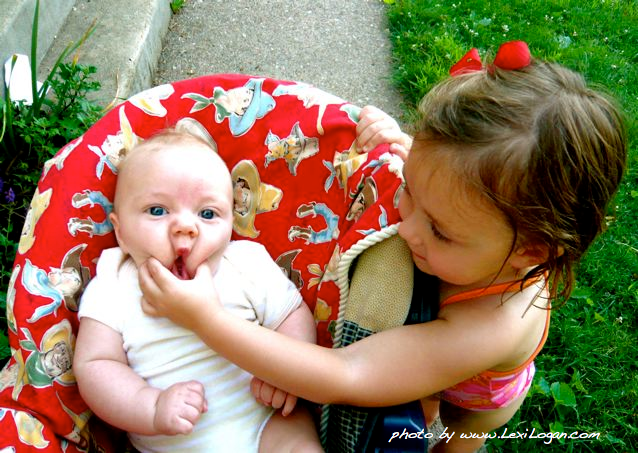
A thrilling moment in the office is when a mom of a patient shares with me that she is pregnant again. I say, “Wonderful!” What better gift to give your firstborn than a sibling! And I love being a part of good news! As an older sister myself, as a mother of three children, and as a pediatrician, I know the net result of adding another child to the family is positively fabulous.
Although the news is good, sometimes parents are anxious. Here are some suggestions of how to prepare your child for a younger sibling:
For most kids under the age of three to four years, time literally has no meaning.
At best, everything in the past occurred yesterday, and everything in the future will occur tomorrow. So in general, there is no magic moment to announce a forthcoming new baby. A few weeks ahead of time, simply start talking about “when a baby comes to live with us.” Don’t expect your child to really believe you until you walk into the house with the baby. And don’t be surprised if your firstborn asks, “When is it leaving?” Kids this age do not understand the idea of “forever” or “permanent.”
Believe it or not, your second newborn might not be all that demanding.
Parents often feel guilty about bringing a second baby into the home. They worry they will not have as much time for their firstborn. Well, here’s one secret. Newborns aren’t all that demanding. Unlike with your first born, you will never have the time or urge to stare endlessly at your second born while she sleeps.
By the second time around, you will realize that feeding, changing, and washing a newborn take up relatively little time. Your firstborn will likely continue to be the center of attention. She is, after all, much more interesting now that she can pretend and play simple games. Believe me when I tell you that you CAN play Candyland® and breastfeed an infant at the same time. You CAN burp an infant while reading aloud to a toddler. You CAN change a diaper while pretending you and your toddler are wild jungle animals. You CAN make a formula bottle while telling a terrifically exciting story to your toddler.
A word about visitors and gifts:
The best part of a gift, to a toddler, is opening it, NOT what’s in it. So don’t worry about trying to make sure your older child gets a gift for every gift the new baby gets. Just allow your toddler to open all the baby’s gifts (if she wants to) because “babies don’t know how to open presents, but big kids do!” Also, newborns don’t care who holds them so visitors are a perfect chance to hand off the baby and get on the floor and play with your toddler. To a toddler, parents are the most important and interesting people in the world. Even if ten people walk in to visit the baby, your toddler will not be jealous if YOU are the one playing with her.
By three years old, kids understand taking turns.
In addition to the above tips, if your eldest asks why you need to hold/feed/care for the baby “so much,” just explain that it’s the baby’s turn. Then reinforce how glad you are that your eldest is able to talk, feed herself, play with toys, and maybe use the potty. Remind her that her ability to be independent make her more similar to Mommy and Daddy than to a baby.
You have plenty of love to go around.
Finally, realize whether your firstborn embraces her younger sibling with open arms or pretends that the new baby does not exist, you will have plenty of love to go around. Your heart is big enough for everyone. Dr. Lai tucks each of her three children in at night with the words, “I love you more than anyone in the universe.”
Truth be told, no one will make your younger child laugh as loud and long as her older sibling. Also, older babies are much more interesting than newborns. Even “luke warm” older siblings will warm up as time progresses and the baby becomes more interactive. You will appreciate this the most when your younger child becomes a toddler. He will find his older brother or sister so entertaining that he will generally stay near his older sibling. Your younger child will not be as apt to wander out of a room if his sibling is around. While you will not have a baby sitter for a while, you will have a tattle-teller.
In the meantime, tell lots of “when you were a baby” stories to your older child. Toddlers are egocentric (they all think the world revolves around them) and they will LOVE being the main character in your stories. Bring out baby pictures and videos of your firstborn to share. Be sure to point out how far she has come and all the great things she can do now as a big kid.
Don’t feel pressure to “get everything done” before the new baby arrives. Potty training for the oldest can wait (it’s not that glamorous anyway). You don’t have take your oldest child out of the crib (the baby is in a bassinet for a couple months) and your oldest’s teeth won’t pop out because you haven’t weaned the pacifier.
I end with a personal story:
When I was pregnant with my twins, many of our friends commented to us about our firstborn son, “Boy, you are really going to rock his world.”
HIS world, I would think to myself. How about OUR world?
In order to prepare him for his transition from “only child”to “big brother” we emphasized to our son (who was three at the time) that most older brothers get only ONE baby. Our son would be getting TWO babies! He was excited about having two instead of one. For years afterwards, whenever he heard about a pregnant aunt, friend, or neighbor, his first question was always, “Oh, how many babies is she having?”
Out of the mouths of babes….
Julie Kardos, MD and Naline Lai, MD
©2015 Two Peds in a Pod®
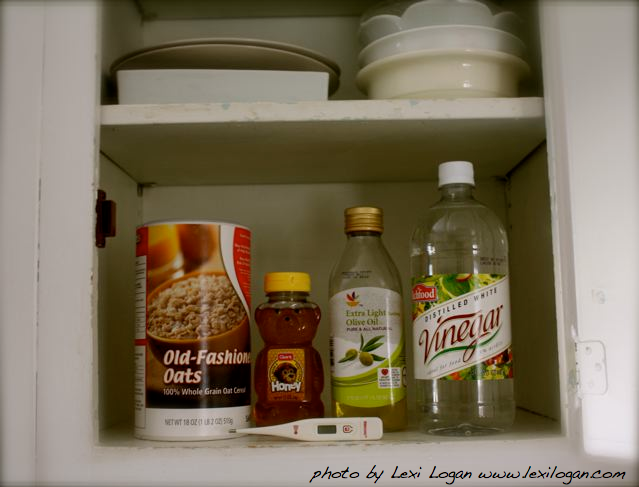
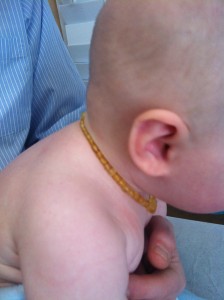

 Recently we’ve had a parade of itchy children troop through our office. The culprit: poison ivy.
Recently we’ve had a parade of itchy children troop through our office. The culprit: poison ivy.

